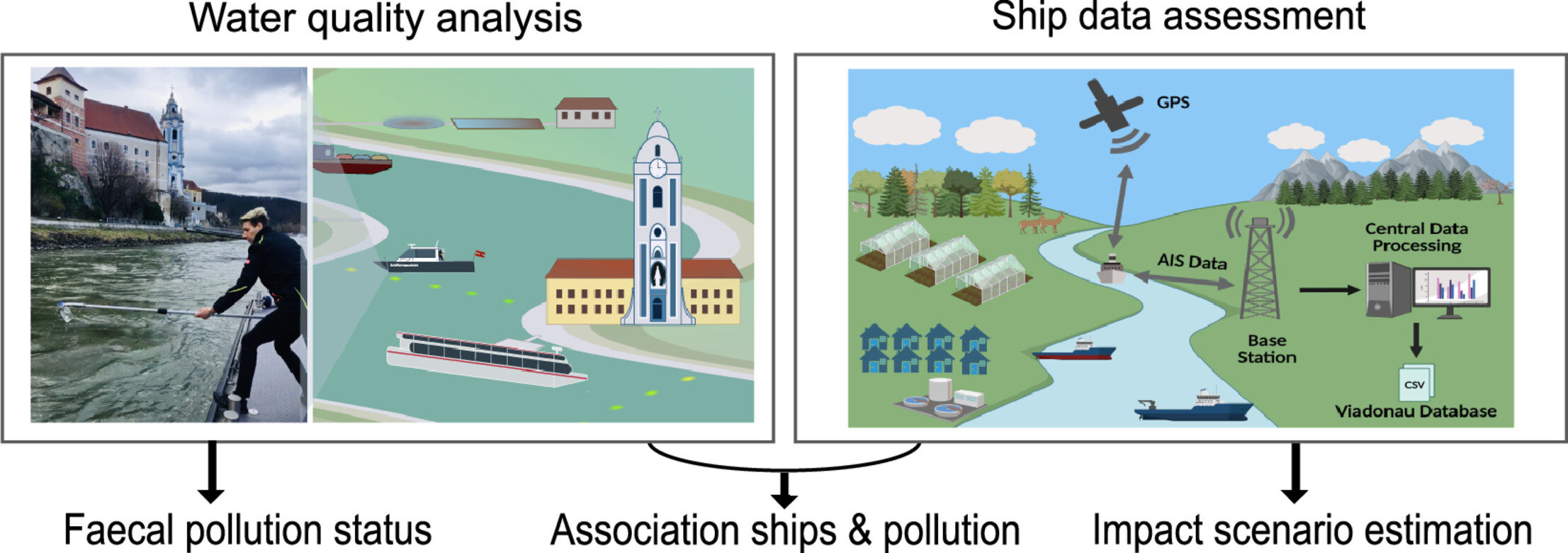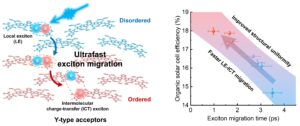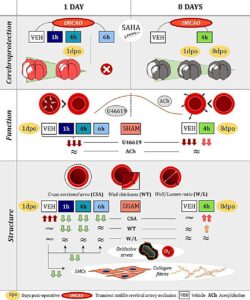

Researchers at Karl Landsteiner University of Health Sciences (KL Krems) and ICC Water & Health have developed a new, integrative methodology that enables precise detection of small-scale fecal discharges from inland waterway vessels in flowing waters.
This pioneering approach, applied for the first time on a section of the Danube, revealed both the potential for significant pollution from improper wastewater disposal and evidence of proper disposal practices during the study period. The methodology, which has garnered widespread attention among experts, has been published internationally, paving the way for its application in monitoring navigable waters worldwide.
Concerns over fecal pollution from river cruise ships, liner vessels, and cargo ships have sparked heated debate in recent years. To address these concerns, a team led by Prof. Andreas Farnleitner (KL Krems and TU Vienna), with support from the State of Lower Austria, set out to quantify the pollution potential from inland navigation and develop a cutting-edge methodology to precisely assess its extent. The research is published in the journals Water Research and Environmental Science and Pollution Research.
The result is a globally unique approach for estimating and detecting wastewater discharges from inland vessels, which has already been successfully tested on a 230 km stretch of the Danube, covering both the Wachau region and Vienna.
Bridging expertise for a cleaner future
The Department of Water Quality and Health at KL Krems, under the leadership of Prof. Farnleitner, is a national hub for water quality analysis and its implications for public health. As a partner of the renowned ICC Water & Health and collaborator with the Lower Austrian Provincial Government’s Water Management Department, the KL-department combines tradition with innovation in its research.
Prof. Alexander Kirschner, deputy head of the department and co-author of the study, says, “Our newly developed methodology integrates theoretical pollution potential modeling, precise field detection techniques, and advanced statistical analysis. This three-step process provides a robust framework for monitoring and management.”
A three-step methodology
The first step calculates the potential input of fecal indicator bacteria (e.g., E. coli) from different sources within a specific river section (Pollution Source Profiling). These calculations differentiate between municipal sewage treatment plants and inland waterway vessels, incorporating population data, tourism figures, and crew numbers. Treatment performance data for existing wastewater facilities is also included.
“We modeled two scenarios,” explains Prof. Farnleitner. “One assumes proper wastewater management on vessels, while the other models maximum pollution from untreated discharges.”
The second step involves extensive water sampling using both traditional cultivation methods and cutting-edge molecular genetic techniques, many of which were developed by Prof. Farnleitner’s team. Additional chemical and physical water parameters were also measured.
The final step uses complex statistical models, integrating satellite data (via the Automated Identification System, AIS) on ship movements to analyze the collected data.
Results and implications
“The comparison of modeled scenarios with measured values,” says Sophia Steinbacher, lead author of the study, “allowed us to accurately assess microbiological fecal contamination from inland vessels with unprecedented spatial and temporal precision. During the study period from March 2019 to March 2020, no improper discharges were detected, suggesting compliance with disposal regulations.”
Discover the latest in science, tech, and space with over 100,000 subscribers who rely on Phys.org for daily insights.
Sign up for our free newsletter and get updates on breakthroughs,
innovations, and research that matter—daily or weekly.
This finding is particularly significant given the high pollution potential calculated for scenarios involving improper disposal, underscoring the need for regular water quality monitoring.
The study builds on previous research by the team, which has demonstrated the effectiveness of modern wastewater management in reducing contamination along the Danube. Comprehensive analyses, including the Joint Danube Survey, have shown significant improvements in fecal pollution levels in the river’s upper reaches, particularly in EU-member states. However, contamination levels remain higher in the middle and lower reaches, which traverse non-EU countries.
This methodology marks a major step forward in protecting water quality and public health, offering a reliable tool for monitoring navigable waters globally.
More information:
Sophia D. Steinbacher et al, Assessing the impact of inland navigation on the faecal pollution status of large rivers: A novel integrated field approach, Water Research (2024). DOI: 10.1016/j.watres.2024.122029
Alexander K. T. Kirschner et al, Long-term impact of basin-wide wastewater management on faecal pollution levels along the entire Danube River, Environmental Science and Pollution Research (2024). DOI: 10.1007/s11356-024-34190-0
Provided by
Karl Landsteiner University
Citation:
Smart analysis enhances detection of fecal discharges from Danube shipping (2024, November 29)
retrieved 29 November 2024
from https://phys.org/news/2024-11-smart-analysis-fecal-discharges-danube.html
This document is subject to copyright. Apart from any fair dealing for the purpose of private study or research, no
part may be reproduced without the written permission. The content is provided for information purposes only.



